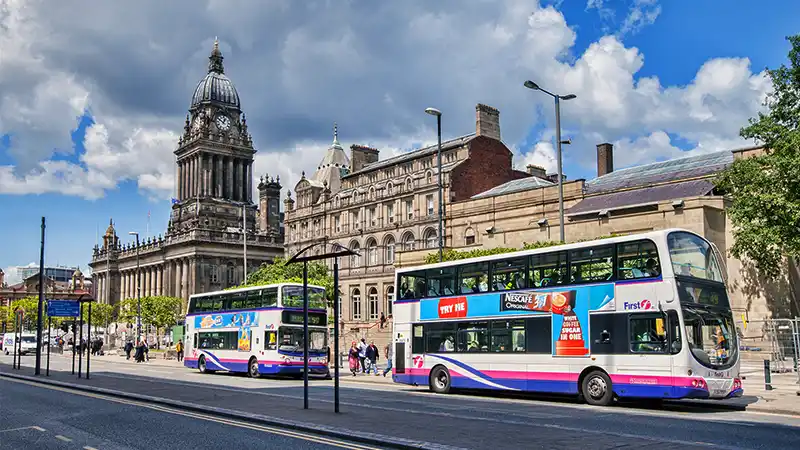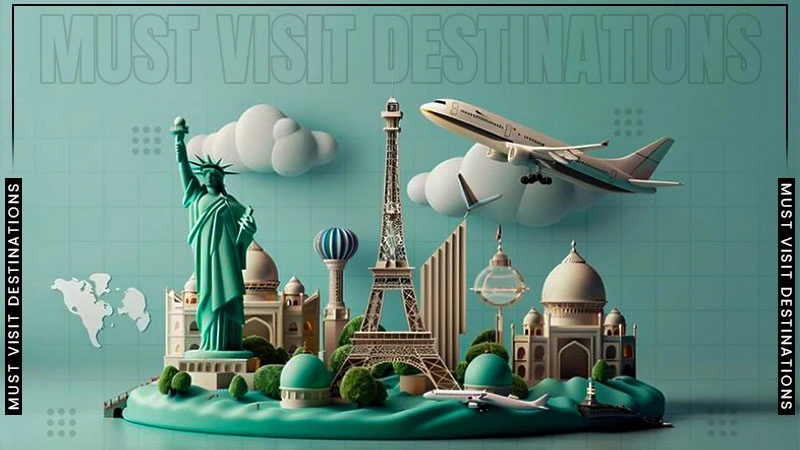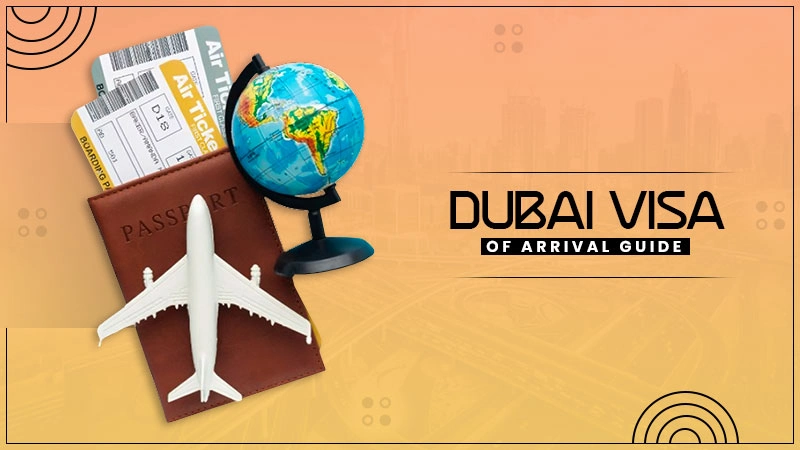
Transport in the UK is something that we very much take for granted. Our commutes to work, our jaunts to see friends and family, and our trips up and down the country are all allowed as a result of infrastructure, built, expanded, and maintained over decades upon decades of innovation and investment.
With a cost-of-living crisis rendering the price of travel all the starker, it is important to re-evaluate the state of traveling in today’s UK. What is the experience of traveling publicly or privately for the average citizen, and is it still tenable? And with our current climate state looming over us additionally, which one is the best to choose?
Public Transport
Trains
The UK’s public transit networks were, at one point, world-leading; a key example can be found in the London Underground, the Metropolitan Line of which was the first urban underground railway in the world. Generally speaking, the UK’s public transit options may seem quite inexpensive and convenient – but if you look a little closer, particularly in the present economic landscape, the truth is a little stickier. In fact, studies show that the UK’s public conveyance is the most expensive in the entirety of Europe.
The UK’s national rail network is relied upon by millions upon millions each year, whether for festive travel or the daily commute. The various lines that call the national rail network home are efficient means of inter-city travel, but the network itself has been decimated since the advent of the motorway. Meanwhile, the privatization of UK rail has led to a steepening of fare increases and uniquely expensive examples of domestic travel.
Buses
Buses are ideal for short hops across urban centers or between towns but again have suffered the relative devastation of privatization. There are fewer routes than there once were, and the ones that remain are inconsistent at best. Still, initiatives in the North are seeing bus fares capped at reasonable prices – and, in some cases, seeing operators brought back under civic control. As a bonus, a lot of buses are already operating on renewable energies or are completely electric.
Coaches
Coaches are another medium of public transit. While buses are used for short routes, coaches are used for long journeys. They are operated on an intercity network with connects the country’s big cities and towns.
These vehicles are a good medium for long trips as they provide halts at service stations, public toilets, refreshments, etc. There are several regional and national companies running coaches nationwide.
Tram
Several cities in the United Kingdom have tram facilities including Edinburgh, Manchester, Londen, Nottingham, West Midlands, etc. These are a type of train network that runs on public roads and at their segregated routes as well.
You can enjoy the intracity traveling through this conveyance. Though the UK cities either have metros or trams, only London has both modes.
Taxi
Another mode of intercity or intracity traveling is hiring a taxi. Though, it can be an expensive deal for you but it is one of the convenient mediums for moving around.
You can find a taxi on the streets of the UK or book a cab from Uber or Bolt (popular cab services around the UK).
Ferry
Ferry is another channel of transit. There are 17 ferry ports around the UK and you can book your seat from DFDS, P&O, or Brittany Ferries to experience a cruise-like trip.
These are big boats that carry passengers from one island to another through a water body.
Private Transport
Of course, public conveyance does not solely describe the state of transport in the UK. As touched upon earlier, the denouement of public transport reach in the UK was spurred by the rapid expansion of roads and motorways across the country. The convenience and ease of door-to-door travel is practically unparalleled.
Owning a car provides a level of freedom and flexibility that few other traveling options offer. A used Toyota from a local dealer is an inexpensive and reliable way to enjoy this freedom, while brand-new top-range vehicles allow for travel in comfort and style. The downsides lie in the ancillary costs that car ownership brings. Fuel is a commodity that fluctuates in value, while necessary costs like insurance can eat into budgets.
Possibilities and Alternatives
Expense is one of the leading problems facing modern transport. There are few truly inexpensive transit options that do not invite serious concessions to flexibility or travel efficiency. This is rendered all the clearer by the movements of other nations – in particular our neighbor Germany, which has just earlier this month introduced a cross-country ticket with a price of only 49€ (around £43), that allows the use of all public vehicles for the entirety of the month. Seeing this, might there be routes by which the UK can adopt a similar, forgiving approach to public conveyance – especially in the current landscape? For the sake of the climate, we definitely hope so.





